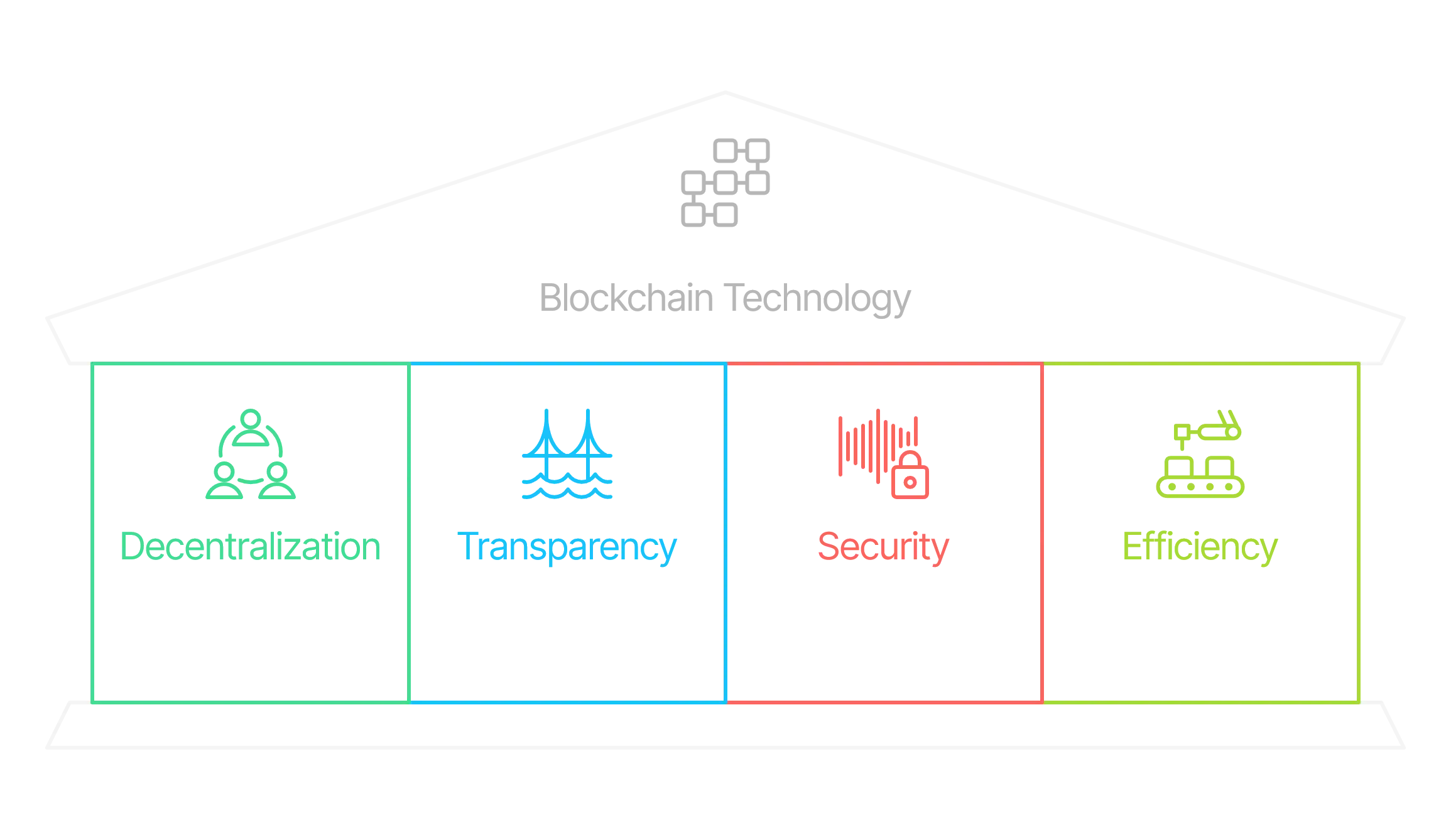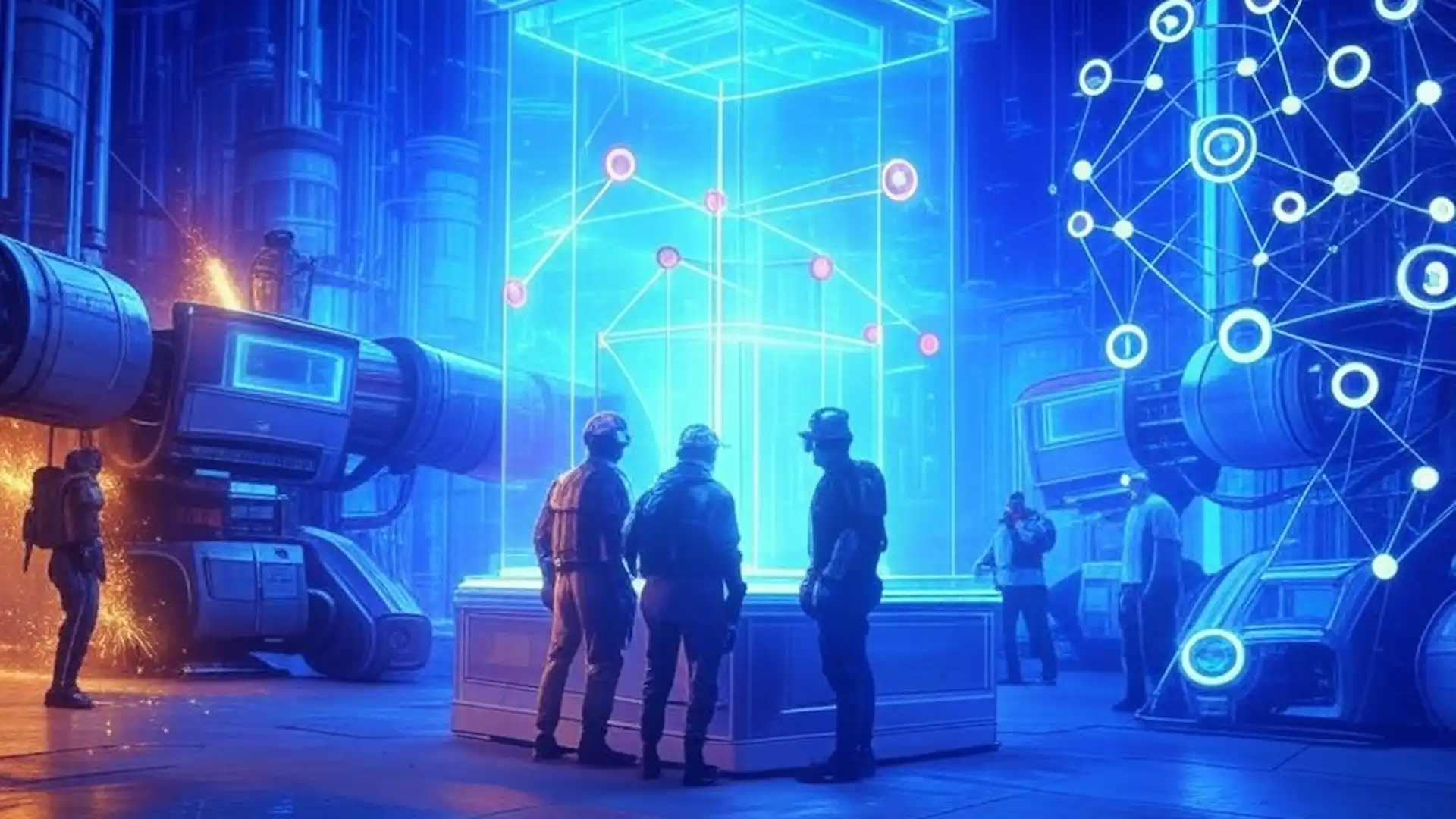What Is Blockchain Technology? A Beginner's Guide

In today’s rapidly evolving digital landscape, blockchain technology stands as one of the most revolutionary innovations since the internet itself. But what exactly is blockchain technology, how does it work, and why is it considered so groundbreaking? This guide will break down the fundamentals in simple terms.

Understanding Blockchain Technology
At its core, blockchain technology is a system for recording information in a way that makes it difficult or impossible to change, hack, or cheat the system. It’s essentially a digital ledger of transactions that is duplicated and distributed across an entire network of computer systems.
The Building Blocks: Blocks and Chains
As the name suggests, blockchain consists of two primary elements:
- Blocks: These are digital containers that store information about transactions. Each block contains:
- Transaction data
- A timestamp
- A cryptographic hash of the previous block
- Chain: When blocks are linked together sequentially, they form a chain. Each new block references the one before it, creating an unbroken sequence.
This structure creates what’s known as a distributed ledger – a database that exists across several locations or among multiple participants, rather than being stored in one central place.

How Blockchain Technology Works
The process of adding information to a blockchain follows these key steps:
- Transaction Initiation: Someone requests a transaction involving digital assets, contracts, records, or other information.
- Verification by Network: The requested transaction is broadcast to a peer-to-peer network of computers, known as nodes.
- Transaction Validation: These nodes validate the transaction and the user’s status using known algorithms.
- Block Creation: Once verified, the transaction is combined with others to create a new block of data for the ledger.
- Adding to the Chain: The new block is then added to the existing blockchain in a way that is permanent and unalterable.
- Transaction Completion: The transaction is complete and the digital asset moves to its new owner.

Key Features That Make Blockchain Revolutionary
Decentralization
- No single point of failure
- No central authority with complete control
- Greater resistance to censorship or shutdown
Transparency and Immutability
- All network participants have access to the distributed ledger
- Every transaction is visible to anyone with access to the system
- Each block contains its own hash and the hash of the block before it
- Changing any single record would require altering all subsequent blocks
Enhanced Security
- Cryptographic hashing ensures that once data is recorded, it cannot be altered without detection
- The decentralized nature means hackers would need to attack many computers simultaneously
- Each transaction requires consensus from the network to be verified
Efficiency and Speed
- Elimination of intermediaries can reduce processing times
- 24/7 operation without holiday or weekend delays
- Automation through smart contracts reduces human intervention and error
Beyond Cryptocurrency: Blockchain Applications
While blockchain technology gained fame through Bitcoin and other cryptocurrencies, its potential applications extend far beyond digital currencies:
- Financial Services: Faster and more secure transactions, reduced fraud
- Supply Chain Management: Enhanced traceability of goods from manufacture to sale
- Healthcare: Secure sharing of medical records while maintaining privacy
- Digital Identity: Self-sovereign identity management and verification
- Smart Contracts: Self-executing contracts with the terms directly written into code
Common Misconceptions About Blockchain
Despite its growing adoption, several misconceptions persist about blockchain technology:
- Blockchain and Bitcoin are the same thing: Bitcoin is just one application of blockchain technology – the first and most famous, but far from the only one.
- Blockchain is completely anonymous: Most blockchains are pseudonymous, not anonymous – transactions are visible, though identities may be obscured.
- Blockchain is only useful for cryptocurrencies: As we’ve seen, blockchain has numerous applications beyond digital currencies.
- All blockchains are the same: There are many types of blockchain networks, including public, private, consortium, and hybrid blockchains, each with different characteristics.
The Future of Blockchain Technology
- Greater scalability solutions to handle more transactions
- Enhanced interoperability between different blockchain networks
- More user-friendly interfaces making blockchain accessible to everyone
- Integration with other emerging technologies like AI and IoT
- Evolution of regulatory frameworks to accommodate blockchain innovation


